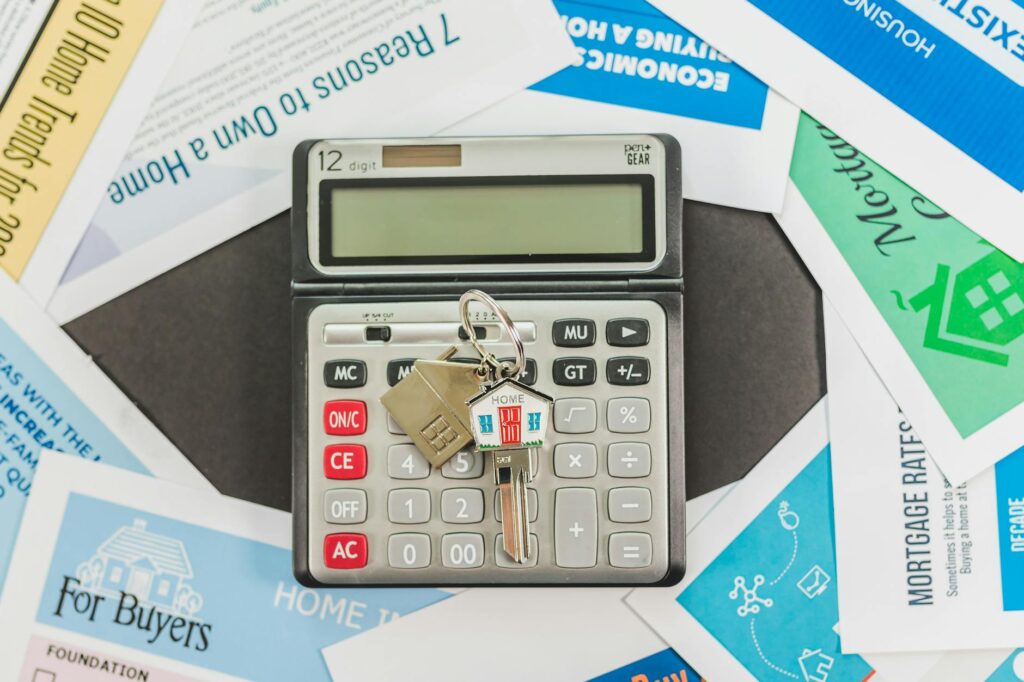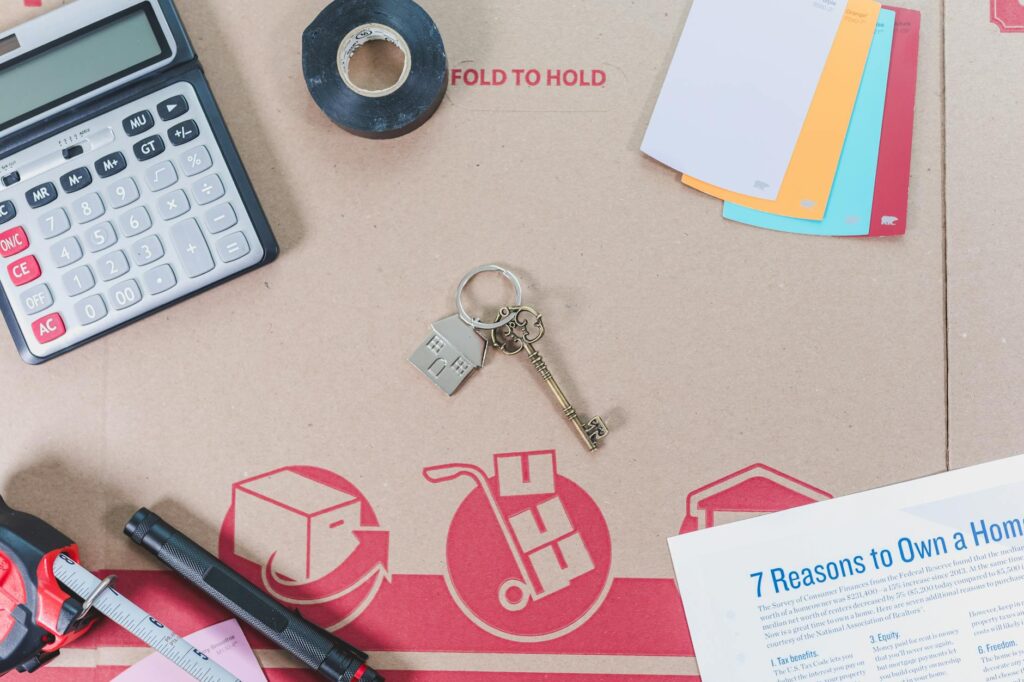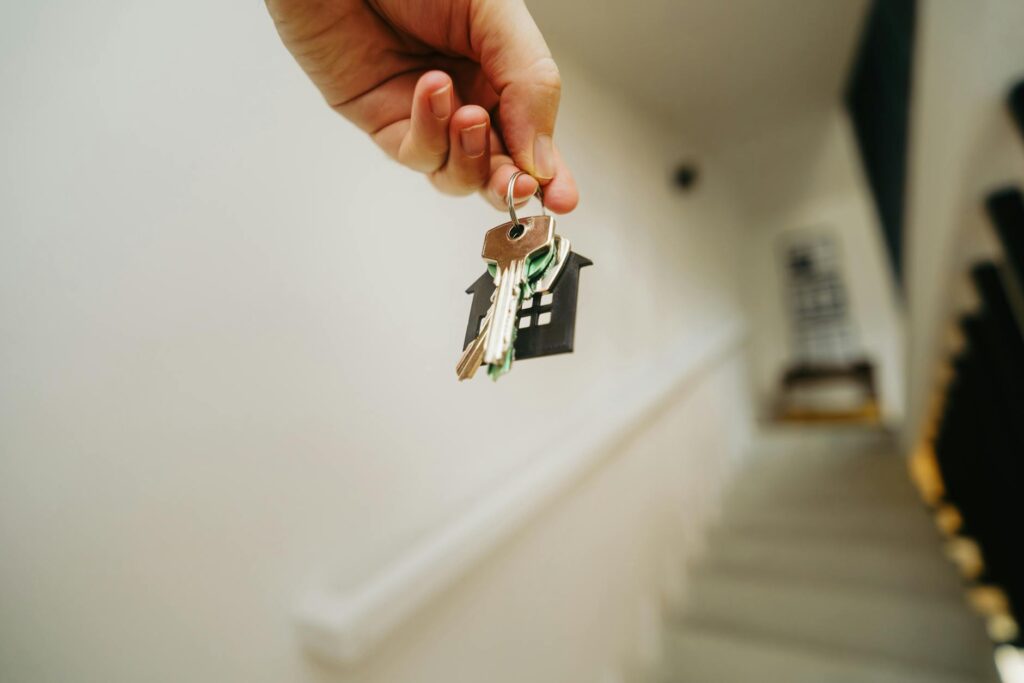Buying a home can be a daunting task, but with the right resources and knowledge, it can be a smooth and rewarding experience. For eligible veterans and military service members, the VA loan offers a fantastic opportunity to purchase a home with unique advantages. This guide breaks down the process into seven manageable steps to help you navigate your home-buying journey.
Check Your Eligibility for a VA Loan
Before you start house hunting, it’s crucial to confirm your eligibility for a VA loan. This involves verifying your service history and meeting specific requirements. You can check your eligibility status through the VA website or by contacting a VA-approved lender. Understanding your eligibility upfront saves time and potential disappointment down the line. 
Determine Your Budget and Get Pre-Approved
Knowing your budget is paramount. Consider factors like down payment (often $0 with a VA loan!), closing costs, property taxes, insurance, and ongoing maintenance expenses. Getting pre-approved for a VA loan from a lender gives you a clear picture of how much you can borrow and strengthens your position when making an offer on a home. Learn more about budgeting for your home purchase.
Find a Real Estate Agent
A good real estate agent is invaluable during the home-buying process. They can help you find properties that match your criteria, negotiate offers, and guide you through the complexities of paperwork. Look for an agent with experience working with VA loans. 
Start Your Home Search
Now comes the fun part! Begin your home search armed with your pre-approval, budget, and the guidance of your real estate agent. Explore different neighborhoods, consider commute times, and prioritize features that are important to you. Use online resources and open houses to broaden your search.
Make an Offer and Negotiate
Once you find your dream home, it’s time to make an offer. Your agent will help you craft a competitive offer, taking into consideration the market conditions and the seller’s asking price. Negotiations are a normal part of the process; be prepared to compromise.
Secure Your VA Loan
After your offer is accepted, it’s time to finalize your VA loan. Your lender will guide you through the necessary paperwork, appraisals, and inspections. Make sure to ask questions and understand each step of the process. A smooth loan process greatly reduces stress. 
Close on Your Home
Congratulations! Once everything is finalized, you’ll close on your home. This involves signing all the necessary documents and transferring the ownership of the property to your name. You’ll receive the keys and can finally move into your new home!
Understanding VA Loan Limits
VA loans don’t have a set loan limit, unlike some other loan programs. Instead, the amount you can borrow depends on your eligibility and the appraised value of the property. Check the VA loan limits in your area.
VA Loan Funding Fee
While VA loans don’t require a down payment, most borrowers pay a funding fee. This fee helps to support the VA loan program. The amount of the funding fee depends on several factors, including your military service history. Learn about ways to finance the funding fee.
The Appraisal Process
An independent appraiser will assess the property’s value to ensure it aligns with the loan amount. This is a crucial step, as it helps protect both the lender and the borrower.
Home Inspection
A home inspection is vital to identify any potential problems before you finalize the purchase. The inspection report can help you negotiate repairs with the seller or adjust the purchase price accordingly.
Title Search and Insurance
A title search verifies that the seller has the legal right to sell the property. Title insurance protects you from any unforeseen title issues that might arise after closing.
Closing Costs
Be prepared for closing costs, which typically include fees for loan origination, appraisal, title insurance, and other services. Your lender will provide a detailed breakdown of these costs.
Understanding Your Interest Rate
Interest rates fluctuate, so shop around and compare rates from different lenders to find the best deal. Your credit score significantly impacts your interest rate.
Choosing a Lender
Choose a lender who is experienced with VA loans and who provides excellent customer service. Read reviews and compare lenders before making a decision. A good lender makes the process much smoother.
Maintaining Your VA Loan
Once you have your VA loan, it’s important to maintain good financial health. Make your payments on time, and stay informed about changes in the housing market. Here’s a helpful resource on managing your mortgage.
Conclusion
Buying a home with a VA loan can be a rewarding journey. By following these seven steps and understanding the key aspects of the process, you can increase your chances of success. Remember to take your time, ask questions, and seek professional advice whenever needed. Congratulations on your future home!
Frequently Asked Questions
What are the eligibility requirements for a VA loan? You must meet certain service requirements and obtain a Certificate of Eligibility from the VA. Specific requirements may vary depending on your service history.
Can I use a VA loan for a new construction home? Yes, VA loans can be used to finance new construction homes, provided the builder is approved by the VA.
What is the maximum loan amount for a VA loan? There isn’t a maximum loan amount; it depends on property value and your eligibility.
Can I use a VA loan to buy an investment property? Typically, VA loans are designed for primary residences, but certain exceptions and guidelines apply. Consult with a lender to review all possible scenarios.
What happens if I sell my home after using a VA loan? You may be able to use your VA loan benefit again, provided certain criteria are met and your previous loan has been paid off.
![VA Home Loans 101: Your Ultimate Guide For [Current Year]](https://www.yourfinancerates.com/wp-content/uploads/2025/06/pexels-photo-3768140-1024x682.jpeg)


